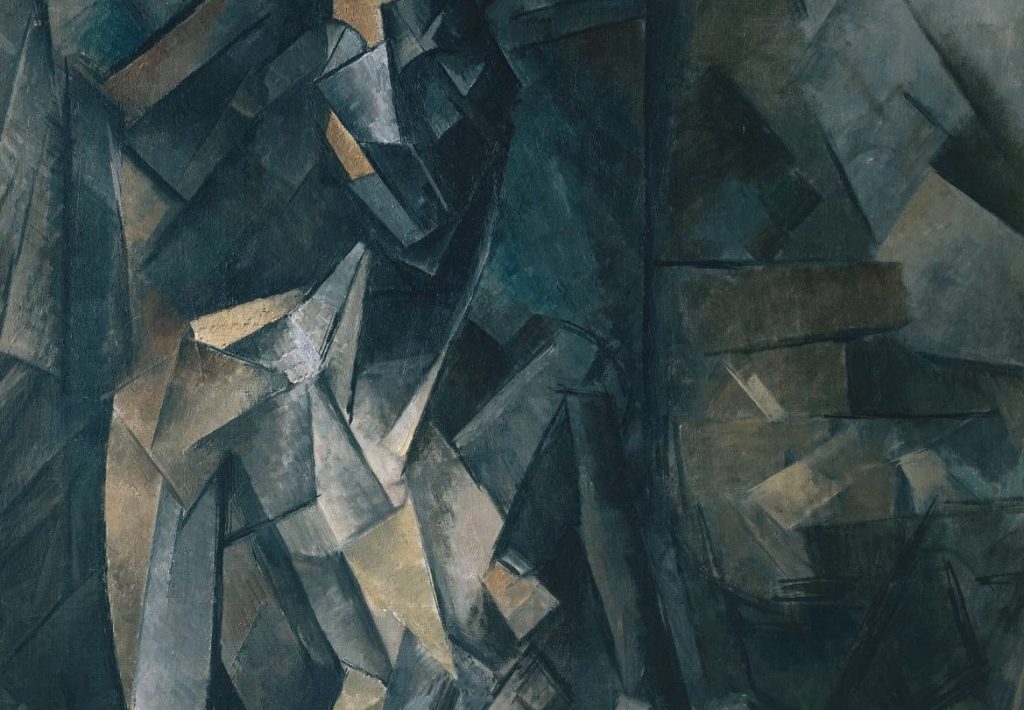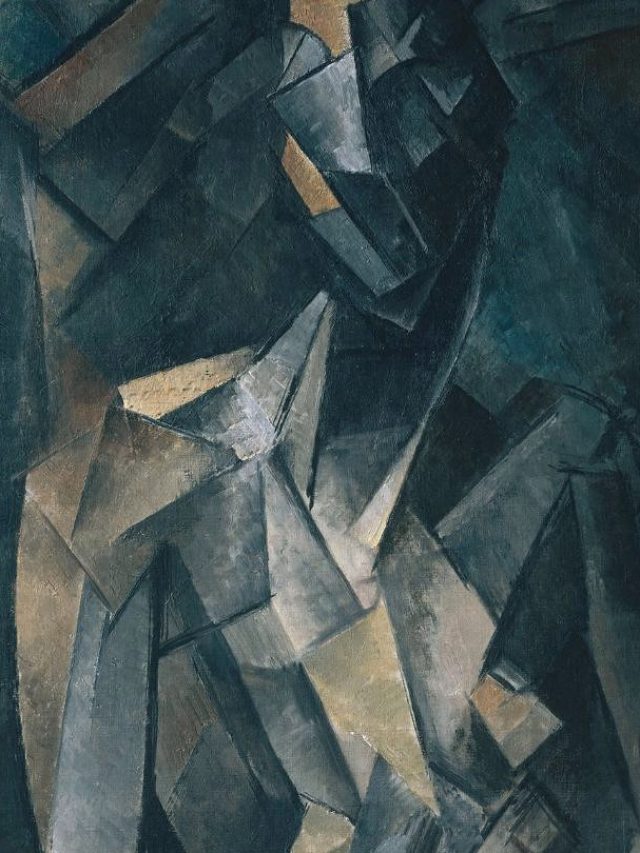Cubism as an Art school developed at the beginning of the 20th century, after the experimental art practice of artists Pablo Picasso and Georges Braque in the 1907-08 period. Cubism is considered a rebellious new technique for portraying (un)reality, bringing diverse stances of matters (usually entities or figurines) jointly in the same painting, resulting in fragmented and abstracted images.
Cubism is one of the groundbreaking movements in Western Art that brought the modelled conditions in illusionistic space. The figurines were depicted as spirited renditions of volumes and geography where the environment and foreground combined. As a preference, Cubism contested Renaissance portrayals of space, directing nearly instantly experiments with non-representation by numerous artists.
Picasso and Braque
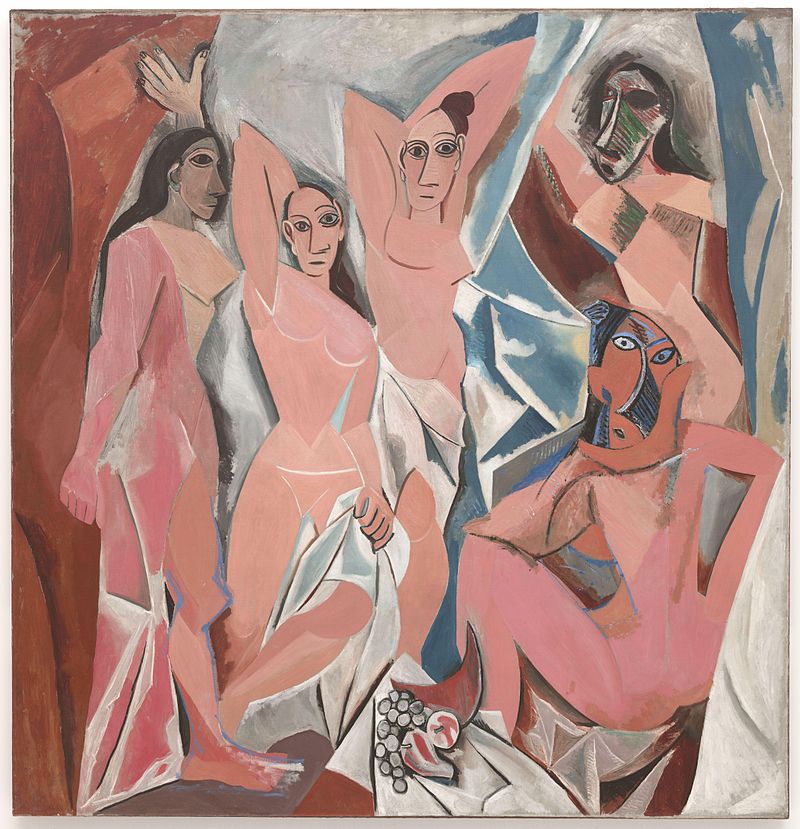
Two artists were the central figures of Cubism from the beginning, and after the invention of this style, many artists from worldwide joined this movement, making it broader. Picasso and Braque started to paint geometric bodies in portrayals of humans and other shapes, and geometric traces evolved so highly that they occasionally surpassed the definition. The ideas and the forms of cubistic abstraction influenced many imaginative disciplines and persisted in declaring empirical work.
Early Cubism

After the strong start in 1907-08, the proto-cubistic period in Picasso and Braque started a movement, as mentioned, ‘reducing everything, places and figures and houses, to geometric schemas, to cubes’, and they deconstruct of perspective of art and viewers. In 1911, a significant movement was happening, and, as argued by Art historian Christopher Green, “this view of Cubism is associated with a distinctly restrictive definition of which artists are properly to be called Cubists,” Cubism grew with the conflict of the creator.
What inspired the cubist style?

Cubism was also influenced by the Post-Impressionist painter Paul Cezanne, who was known for presenting new representation methods. One side of Cubism brings the perspective change as Cezanne brings in his painting that sees things from barely distinct points of view. Picasso studied Cezanne’s approach to things while he enlightened African tribal masks, which are admiringly stylised or non-naturalistic but show a flashy human picture. There are two different types of Cubism active after the invention of Cubism; one is Analytical Cubism, and Synthetic Cubism brings various versions of things into the canvas.
Frantisek Kupka: Change Cubism
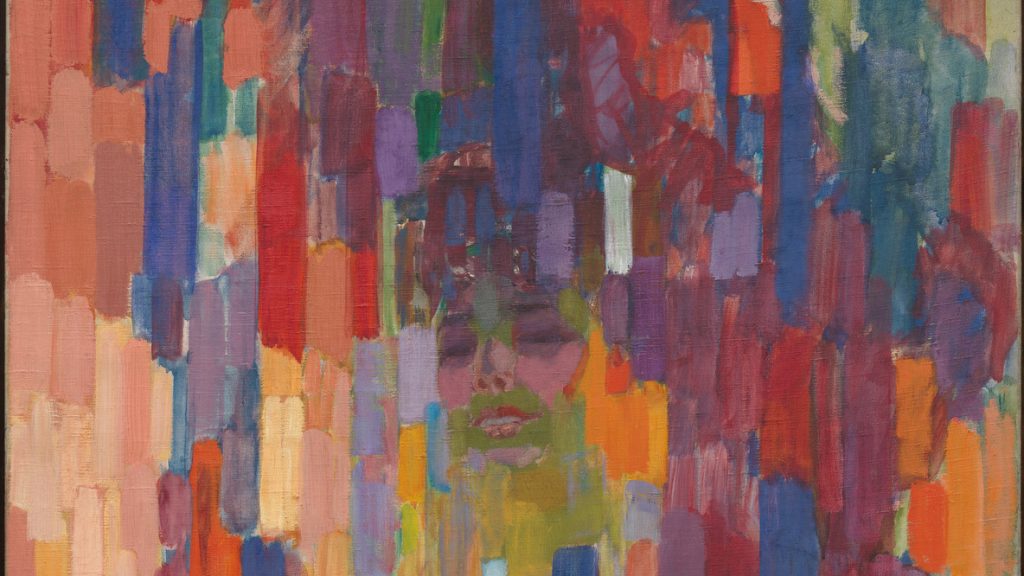
While Cubism brings a new dimension into a visual argument, many other artists are vigorously operating on this style, apart from Picasso and Braque. Kupka (1871-1957) is one of them, and he brings a most extreme form of cubist abstraction. Kupka removed the visible subject matter from the canvas, made the painting more abstract, and elevated them into a metaphysical visual exposure.
The Cubist Vision
The vision of Cubism is not only the change of perspective but the change of visual perception of things. In a painting, Magritte writes, ‘this is not a pipe, but cubist painters never wrote that, but they present it as. Cubist painters questioned how to see things, and a painting marked in the air could solely work from one stance, specifying their choices. The result of an artwork frozen in a photographic position remained the same for now. Cubists enjoyed making pictures that went further than the fixed geometry of perspective.
Conclusion
Cubism blends the imaginative space of visual experience and distorted structures, a rationalistic approach to the visual field. Viewers may get lost in a fictitious view of the visual labyrinth, and they invent themselves from the paintings. The cubist gives a non-measurable area of objects and things which blend with geometric patterns and forms. Cubism is the one movement that stretches back to the contemporary art practice with different mediums and styles.
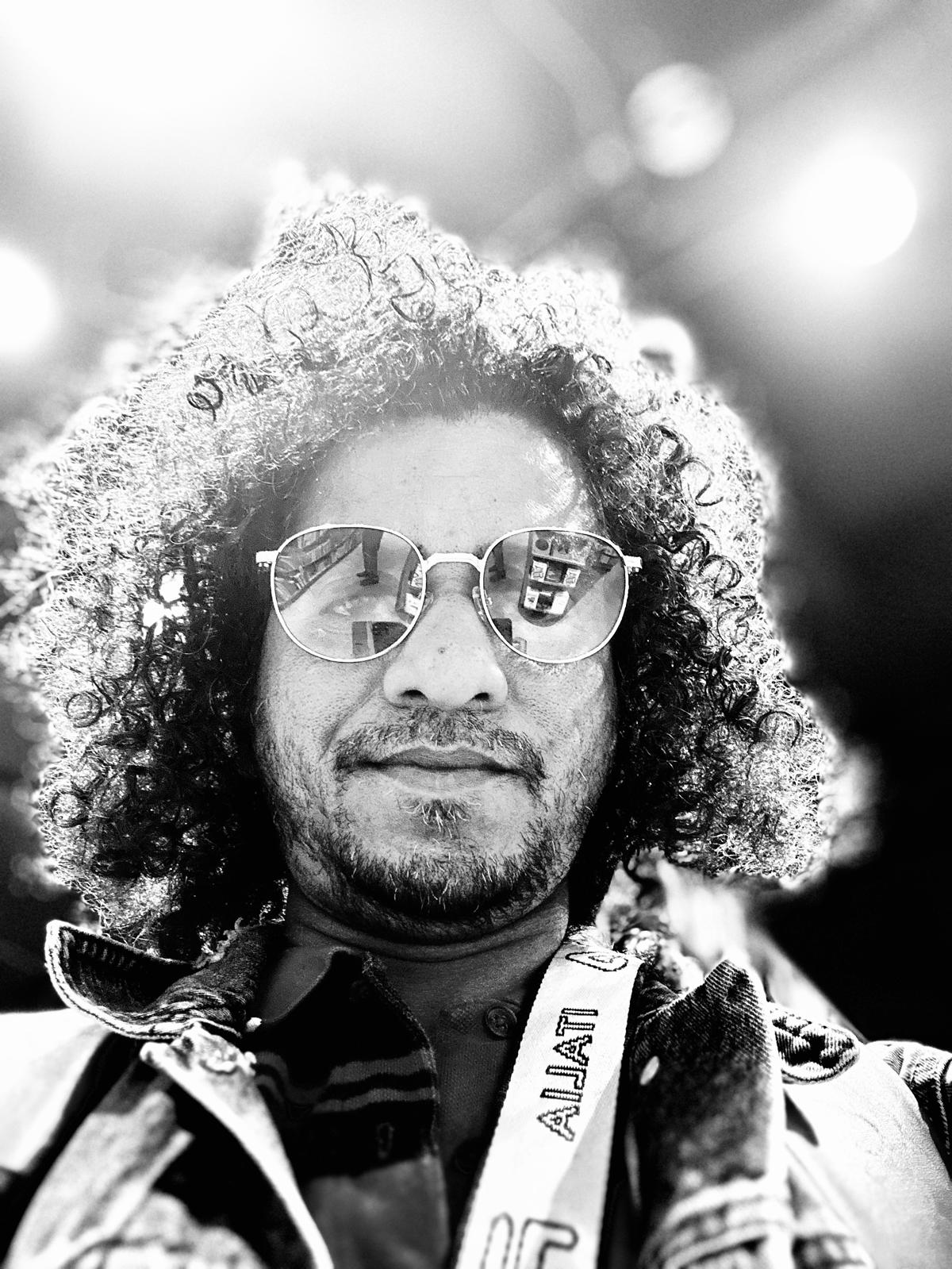
Krispin Joseph PX, a poet and journalist, completed an MFA in art history and visual studies at the University of Hyderabad and an MA in sociology and cultural anthropology from the Central European University, Vienna.

